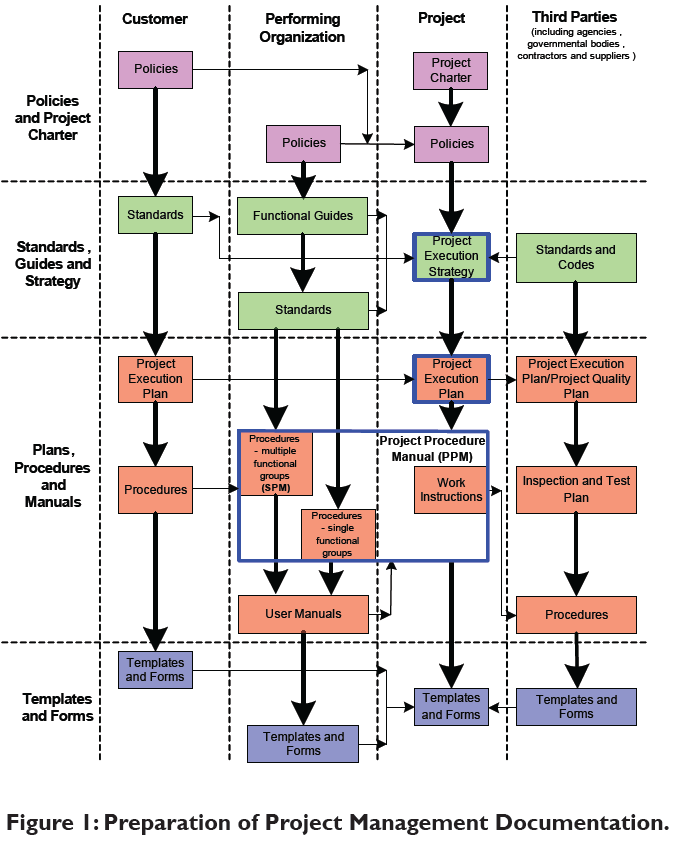Boost Your Task Management: Construction Document Management Devices You Required
Boost Your Task Management: Construction Document Management Devices You Required
Blog Article
Optimizing Job Partnership: Architect's Best Practices in Building And Construction Document Management
In the intricate realm of building tasks, the effective management of construction records stands as a keystone for success. Among this complexity lies a crucial question: how can engineers improve collaboration procedures to boost job results?
Leveraging Cloud-Based Platforms
Leveraging cloud-based platforms is a basic method for contemporary designers in optimizing building and construction paper monitoring procedures. By transitioning from conventional paper-based systems to cloud options, designers can enhance cooperation, enhance record ease of access, and improve overall job efficiency. Cloud-based systems use engineers the capability to store, share, and upgrade building files in real-time, making sure that all team participants have access to the most present details no matter their location. This access advertises smooth interaction and sychronisation amongst task stakeholders, bring about fewer errors and delays in the construction process.
Additionally, cloud-based systems supply a safe and secure setting for saving delicate project details, supplying encryption, normal back-ups, and customer approval settings to safeguard data integrity. Designers can likewise take advantage of the scalability of cloud services, permitting them to adjust storage space capability and capability based upon project demands. On the whole, leveraging cloud-based platforms encourages engineers to enhance their building and construction paper monitoring procedures, driving higher collaboration, performance, and success in their projects.
Implementing Version Control Systems
Having actually established the advantages of cloud-based systems in building and construction file management, designers can now improve their paper control processes by carrying out Variation Control Solution. Version Control Systems (VCS) are necessary devices that track adjustments in papers, ensuring that staff member are always working with the most up to date and most precise information. By implementing VCS, architects can maintain a central repository where all job files are stored, making it possible for seamless partnership while reducing the threat of errors and version disputes.
One key advantage of Variation Control Equipment is the ability to track the total background of file modifications, permitting individuals to revert to previous variations if needed (construction document management). This function is particularly useful in building and construction tasks where design iterations and alterations prevail. VCS facilitates much better interaction amongst group members by providing a clear audit route of that made specific changes and when they were made. This transparency not just improves liability yet also helps in dealing with disagreements or discrepancies that may occur throughout the task lifecycle.
Establishing Communication Methods
To guarantee efficient and reliable project coordination, engineers must establish clear and durable communication protocols within their building and construction document administration procedures. Communication methods specify the methods, frequency, and networks via which staff member exchange info, updates, and responses. One necessary aspect of establishing these procedures is establishing a centralized communication platform where all project-related discussions and paper sharing can take area. This system can be a project management software application, email strings, or cloud-based storage space remedies. By establishing standards on exactly how info is shared and just how staff member communicate with each other, architects can streamline the flow of information and protect against miscommunications or hold-ups in the web construction process.
Moreover, interaction protocols ought to also consist of standards on exactly how to deal with conflicts, change orders, and immediate problems that might develop during the project lifecycle. Developing an organized method to communication makes certain that all stakeholders get on the exact same page, promotes openness, and eventually contributes to the successful conclusion of the building project.
Making Use Of BIM Software Application for Sychronisation
BIM software application plays a critical duty in improving coordination amongst job employee in the construction market. Building Details Modeling (BIM) promotes cooperation by supplying a central platform where architects, engineers, specialists, and various other stakeholders can work with each other in a coordinated manner. Via BIM software program, project individuals can access and update a common model that has comprehensive details regarding the structure design, building parts, and project timetables.

Furthermore, BIM software program allows real-time collaboration and interaction among employee, no matter of their physical location. Via cloud-based BIM platforms, task stakeholders can access the current job details, track modifications, and make notified decisions immediately. In general, leveraging BIM software program for sychronisation boosts job efficiency, efficiency, and ultimately causes successful project results.
Ensuring Information Safety and Conformity
In the realm of building record administration, guarding information integrity and making sure regulatory compliance are extremely important considerations for designers and various other project stakeholders. Designers must execute durable security steps to shield sensitive job info from unapproved access or breaches. Using protected cloud storage space solutions with encryption procedures and accessibility controls can aid mitigate dangers related to information burglary or loss. On a regular basis upgrading software and systems, carrying out safety audits, and giving team training on information security best methods are necessary action in preserving a safe and secure setting for construction document monitoring.

Conclusion
Finally, architects can enhance project partnership in building and construction file monitoring by leveraging cloud-based platforms, Recommended Reading carrying out version control systems, establishing interaction protocols, utilizing BIM software program for coordination, and making sure data safety and conformity. These ideal methods help simplify the building procedure, boost communication among job stakeholders, and boost efficiency in job distribution. By adhering to these standards, engineers can efficiently take care of building and construction documents and help with effective task end results.
Through BIM software, project individuals can access and update a shared model that includes in-depth info concerning the structure layout, construction components, and project timetables.
Via cloud-based BIM systems, task stakeholders can access the latest project information, track changes, and make informed choices promptly - construction document management. Overall, leveraging BIM software for control enhances project efficiency, productivity, and ultimately leads to effective task end results
In final thought, designers can optimize task cooperation in building and construction record monitoring by leveraging cloud-based platforms, executing version control systems, developing interaction procedures, utilizing BIM software for coordination, and guaranteeing data protection and conformity. These finest practices aid enhance the building procedure, boost communication among task stakeholders, and enhance efficiency in job shipment.
Report this page